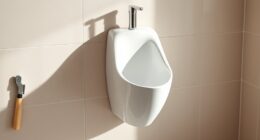We’ve all experienced it – a blocked toilet that just won’t clear, despite our best efforts.
But have you ever wondered just how long those pesky wipes can actually stay in your pipes?
In this article, we dive deep into the world of wipes and explore the factors that affect their breakdown time.
From the different types of wipes to DIY methods and professional solutions, we’ll equip you with the knowledge you need to protect your pipes and keep things flowing smoothly.

Key Takeaways
- Flushable wipes do not break down like toilet paper and can create blockages in pipes.
- The composition of wipes, particularly non-biodegradable materials, affects their breakdown time and the likelihood of clogs.
- Wipes can persist in pipes for years, causing damage to plumbing systems and increasing health risks.
- Proper disposal of wipes in the trash and increased awareness about the negative impact of flushing wipes are essential preventive measures.
The Problem With Flushing Wipes
The accumulation of flushable wipes in pipes poses a significant challenge and has a detrimental impact on plumbing systems. Despite being advertised as ‘flushable,’ these wipes don’t break down in the same way that toilet paper does. Instead, they tend to clump together and can create blockages in pipes, leading to clogs and backups.
The problem lies in their composition, which often includes materials that aren’t easily biodegradable. As a result, these wipes can linger in the plumbing system for extended periods, causing potential damage and costly repairs.
It’s crucial for homeowners and businesses to be aware of the consequences of flushing flushable wipes and to dispose of them properly in the trash instead. This simple change in behavior can help prevent plumbing issues and maintain the integrity of the plumbing system.
Understanding the Composition of Wipes
To further delve into the issue of flushable wipes and their impact on plumbing systems, let’s explore the composition of these wipes.
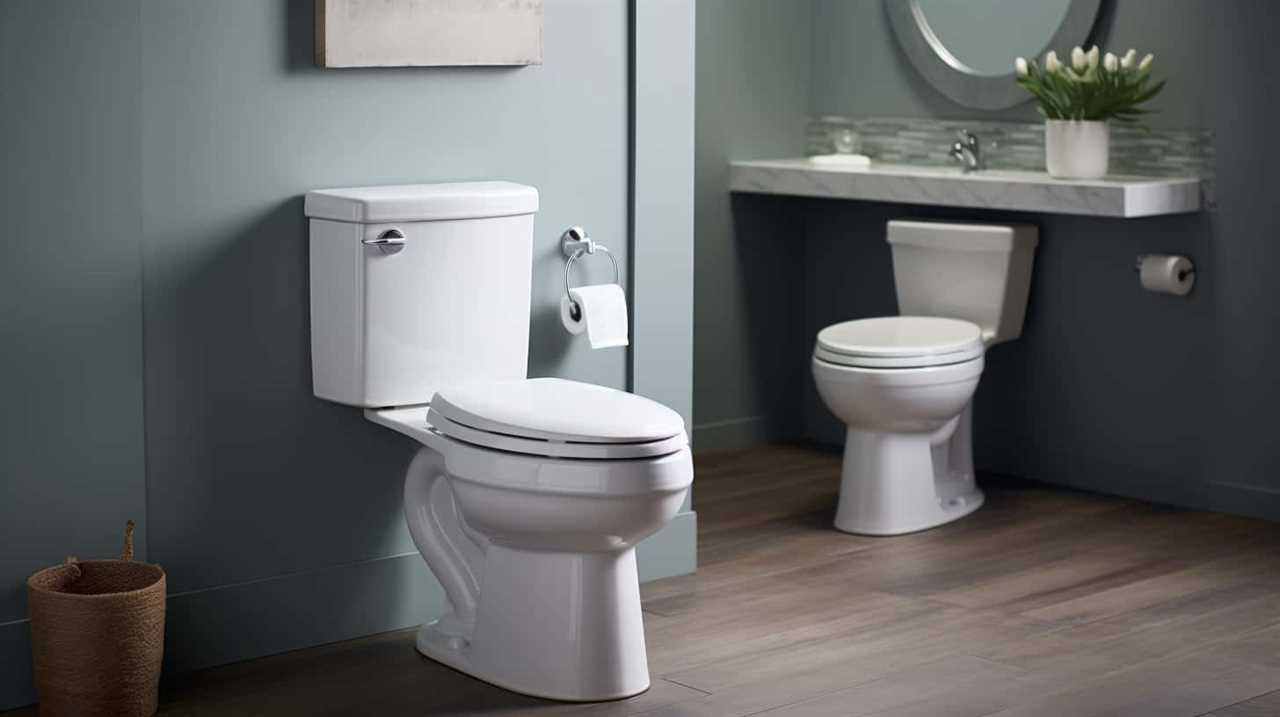
Understanding wipe materials is crucial in determining how they affect sewage systems. Most wipes are made from a combination of synthetic fibers, such as polyester or polypropylene, and natural fibers, like cotton or wood pulp. These materials are chosen for their durability and absorbency, allowing wipes to effectively clean various surfaces.
However, this composition also poses challenges when it comes to breaking down in sewage systems. Unlike toilet paper, which disintegrates quickly upon contact with water, wipes retain their structural integrity for longer periods. This resistance to breakdown can lead to clogging and blockages in pipes and wastewater treatment facilities.
Now, let’s explore the factors that affect the breakdown time of wipes in more detail.
Factors Affecting Breakdown Time
Now, let’s delve into the factors that frequently affect the breakdown time of wipes in pipes. Understanding these factors is crucial in determining the impact on plumbing systems. Several key factors influence the breakdown time of wipes, including their composition, thickness, and the presence of other materials in the pipes.

| Factors Influencing Breakdown Time | Impact on Plumbing Systems |
|---|---|
| Composition | Certain materials used in wipes, such as polyester or polypropylene, are more resistant to breakdown than others. The presence of plastics can lead to clogs and blockages in pipes, requiring costly repairs. |
| Thickness | Thicker wipes take longer to break down, increasing the likelihood of clogs and pipe damage. They may also get tangled with other debris, exacerbating the issue. |
| Presence of Other Materials | If wipes are flushed along with other non-biodegradable materials like cotton balls or sanitary products, the breakdown time is significantly prolonged. This can result in severe blockages and potentially cause pipes to burst. |
The Lifespan of Wipes in Pipes
As we explore the lifespan of wipes in pipes, it’s important to consider their durability and potential impact on plumbing systems.
Wipes are designed to be durable and resistant to tearing, which allows them to withstand the rigors of the breakdown process in pipes. However, this durability also means that they take a longer time to break down compared to other materials.
The breakdown process of wipes in pipes can vary depending on factors such as the type of wipe, the composition of the wipe, and the conditions within the plumbing system.
It’s important to note that even though wipes may eventually break down, they can still cause potential damages to pipes during this process, leading to clogs, blockages, and costly repairs.
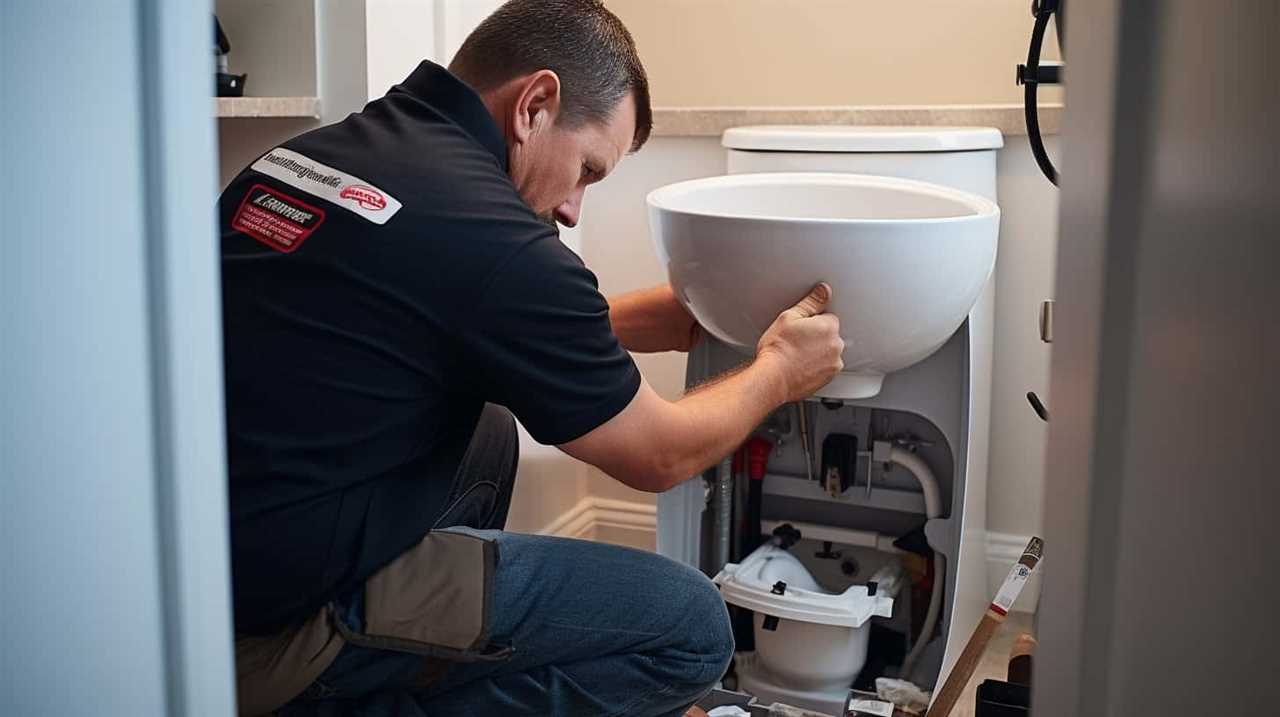
Common Types of Wipes and Their Breakdown Rates
Our examination of the breakdown rates for common types of wipes reveals the varying lengths of time they can persist in pipes. Understanding the breakdown process of wipes is crucial in assessing the environmental implications they pose.
Here are the breakdown rates of some common types of wipes:
- Biodegradable wipes:
- These wipes are designed to break down naturally over time.
- The breakdown process typically takes several weeks or months, depending on the specific composition and environmental conditions.
- Non-biodegradable wipes:
- These wipes are made of materials that don’t easily degrade.
- They can persist in pipes for years, contributing to clogs and sewage system issues.
It is important to note that even wipes labeled as biodegradable may not break down as quickly as expected due to the conditions in sewer systems. Proper disposal and awareness of the breakdown rates can help mitigate the negative environmental impact of wipes.
Risks and Consequences of Flushing Wipes
To address the risks and consequences of flushing wipes, we need to consider the potential damage they can cause to plumbing systems and the environment.
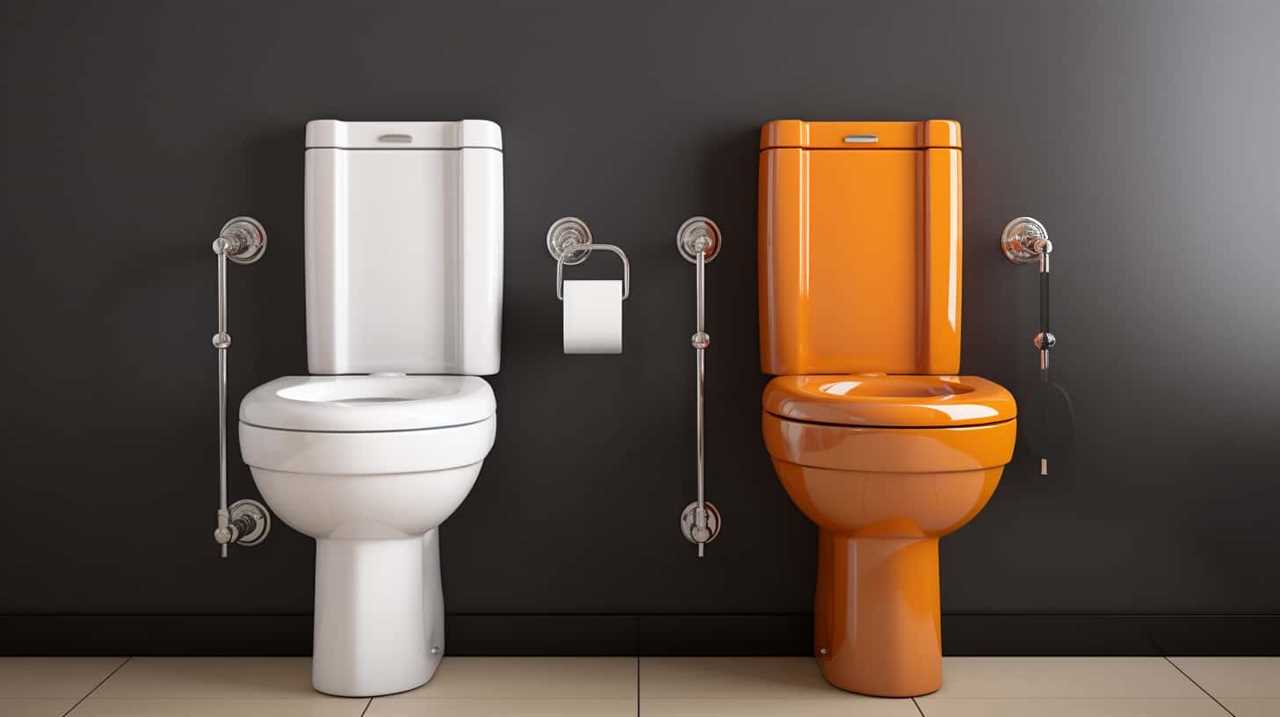
Flushing wipes can lead to blockages and clogs in sewage systems, which can result in costly repairs and disruptions to the overall functioning of the system. Wipes don’t break down like toilet paper, and their accumulation can cause backups and overflows, leading to sewage spills and contamination of water sources.
This poses significant health risks to both humans and aquatic life. The impact on sewage systems isn’t limited to clogging; wipes can also damage pumps and other equipment, requiring frequent maintenance or replacement.
It’s crucial to understand the risks of using wipes and to dispose of them properly to protect our plumbing systems and the environment.
Signs of Wipes Clogging Your Pipes
When wipes clog your pipes, several signs can indicate the problem.
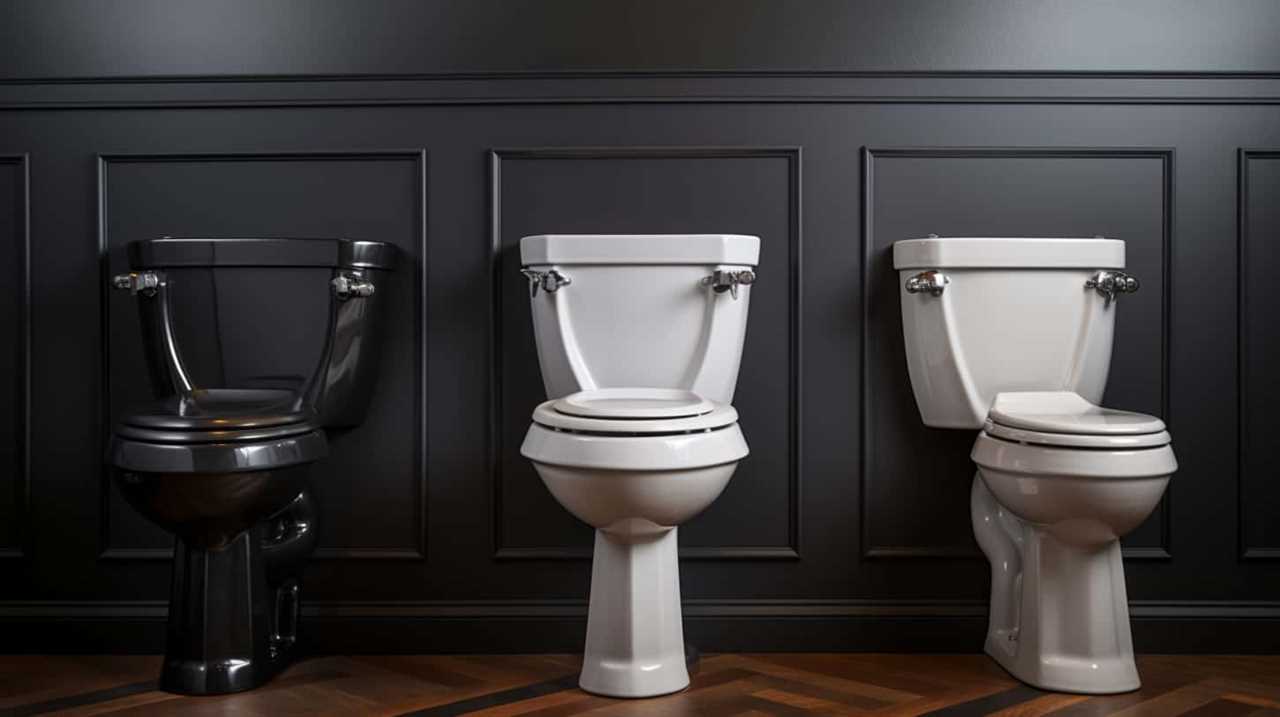
One common sign is a disruption in water flow, where drains become slow or completely blocked.
Another sign is an increase in sewer odor, which can indicate a buildup of wipes in the pipes.
Lastly, a backup in the toilet bowl is a clear indication that wipes are clogging the pipes and preventing proper flushing.
Water Flow Disruption
The presence of wipes in pipes can lead to water flow disruption, causing various signs that indicate clogging. When wipes accumulate in the pipes, they can restrict the flow of water, resulting in decreased water pressure. This decrease in water pressure can be observed through slow-flowing faucets and showers.
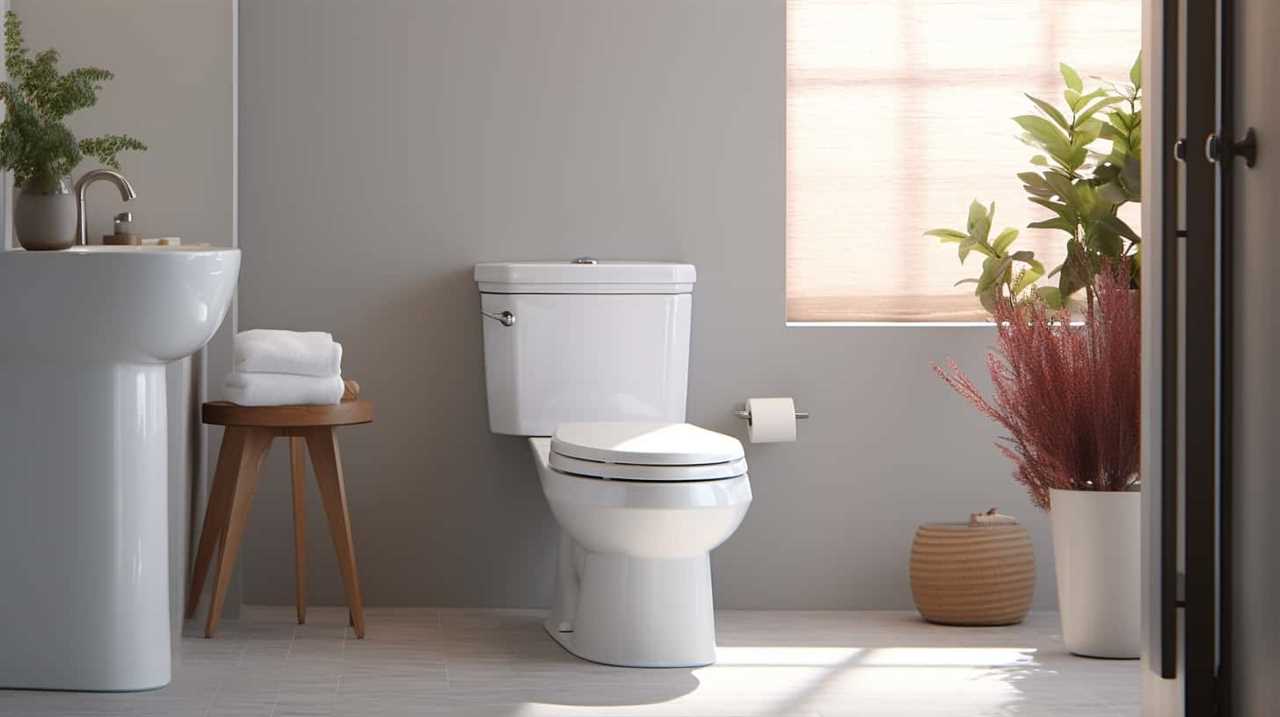
Additionally, wipes can also cause clogs by reducing the effective diameter of the pipes. As wipes get stuck and accumulate, the pipe diameter is effectively reduced, leading to further water flow disruption. This can manifest as gurgling sounds coming from the pipes or even complete blockage, where no water can pass through.
It’s crucial to address these signs promptly to avoid more severe plumbing issues.
Sewer Odor Increase
As we continue our discussion on water flow disruption caused by wipes in pipes, another sign of clogging to be aware of is the increase in sewer odor. This can be a clear indication that the wipes are causing a blockage in your pipes and hindering the proper flow of wastewater.
Sewer odor is often a result of the accumulation of organic matter, such as wipes, in the pipes. When these materials clog the pipes, they can lead to stagnant water and the release of unpleasant odors.

To prevent sewer odor and ensure proper pipe maintenance, it’s crucial to regularly engage in sewer maintenance activities, such as flushing the pipes with hot water or using enzymatic drain cleaners. By addressing the issue promptly, you can avoid more serious problems, such as toilet bowl backup.
Toilet Bowl Backup
As we continue our discussion on water flow disruption caused by wipes in pipes, another sign of clogging to be aware of is toilet bowl backup, indicating that the wipes are obstructing the proper flow of wastewater.
When wipes accumulate in the pipes, they can cause the following issues in your toilet bowl:
- Slow drainage: If you notice that the water is taking longer than usual to drain after flushing, it could be a sign that wipes are clogging your pipes.
- Overflow: When wipes build up in the pipes, they can create a blockage that prevents the wastewater from properly flowing out of the toilet bowl. This can result in an unpleasant and messy overflow.
To prevent these problems and ensure the proper functioning of your toilet bowl, regular toilet bowl maintenance and cleaning are essential. Proper disposal of wipes and using toilet paper designed to break down easily can help prevent clogs and backups in the future.
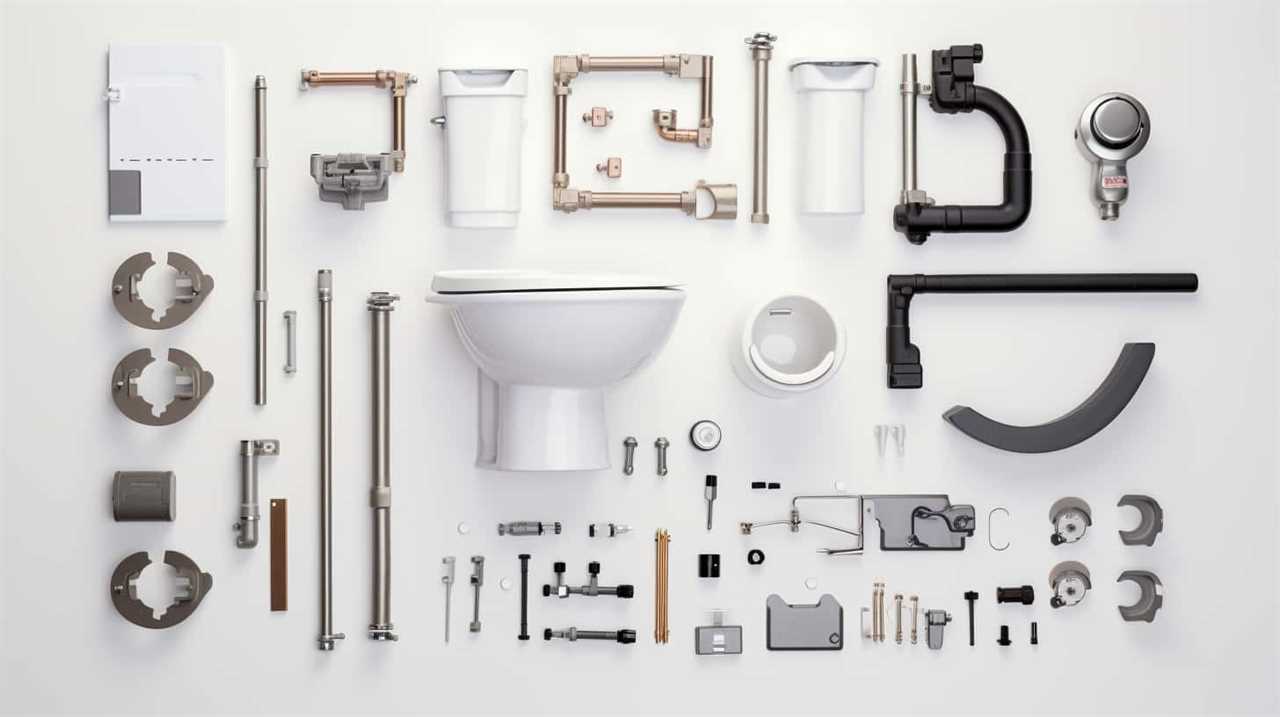
DIY Methods to Clear Wipes From Pipes
Now let’s explore some effective techniques for clearing wipes from pipes using do-it-yourself methods.
We’ll discuss step-by-step instructions on how to safely remove the clogs and restore proper flow in your plumbing system.
Additionally, we’ll provide tips on preventing future pipe clogs to avoid further issues down the line.
Effective Pipe Clearing Techniques
To successfully clear wipes from pipes, we can start by using a plunger to create suction and dislodge any blockages.
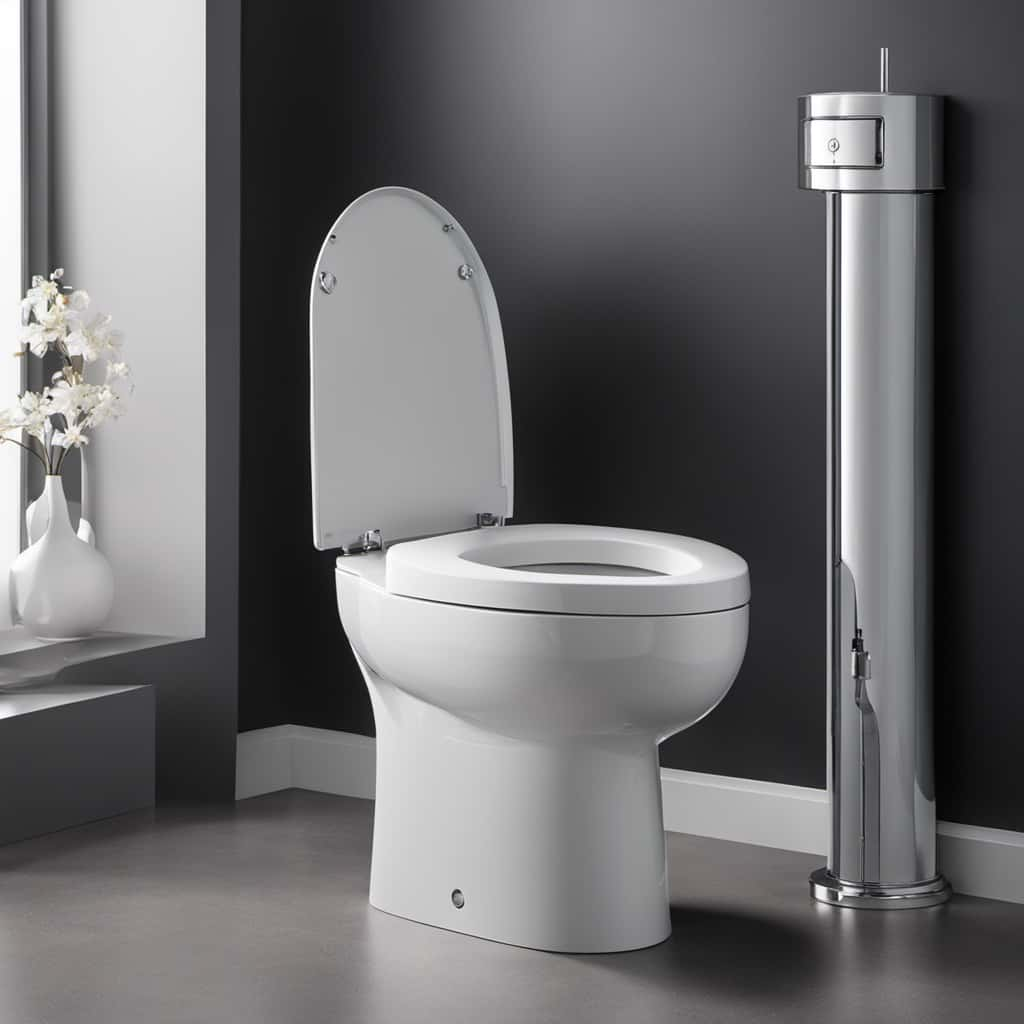
Here are two effective pipe clearing techniques for clearing clogged drains:
- Chemical Drain Cleaners: These cleaners contain powerful chemicals that can dissolve and break down the wipes, allowing them to flow more easily through the pipes. However, it’s important to use these cleaners with caution, as they can be harmful to the environment and may cause damage to older or weaker pipes.
- Pipe Snakes or Augers: These tools are designed to navigate through the pipes and physically remove the wipes. By rotating the snake or auger, it can grab onto the wipes and pull them out, clearing the blockage. This method is effective for more stubborn clogs and is commonly used by professional plumbers.
Preventing Future Pipe Clogs
To prevent future pipe clogs, we can employ various DIY methods to effectively clear wipes from pipes. One of the most important steps in preventing clogs is choosing drain friendly products. Opt for wipes that are labeled as flushable and biodegradable, as these are designed to break down more easily in the pipes.
Additionally, it’s crucial to avoid flushing other non-flushable items down the toilet, such as paper towels or hygiene products, as these can contribute to clogs. Regular maintenance is also key to preventing clogs. This includes using a plunger or drain snake to clear any minor clogs that may be forming.
By practicing these DIY methods and being mindful of what goes down the drain, we can greatly reduce the risk of future pipe clogs.

In the subsequent section, we’ll explore professional solutions for wipe-clogged pipes.
Professional Solutions for Wipe-Clogged Pipes
We offer specialized services to address clogged pipes caused by wipes. Our team of professionals is trained to efficiently and effectively resolve pipe clogs, ensuring smooth and uninterrupted flow.
Here are some professional solutions we provide:
- Hydro-jetting: Our high-pressure water jetting technique clears out stubborn wipe clogs, thoroughly cleaning the pipes and restoring their optimal functionality.
- Pipe inspection: Utilizing advanced camera technology, we can identify the exact location and extent of the clog, allowing for targeted and precise repairs.
- Pipe relining: In cases where the clog has caused damage to the pipes, our experts can implement pipe relining techniques to reinforce and strengthen the affected sections.
For long-term maintenance, we recommend following these tips to prevent future clogs:
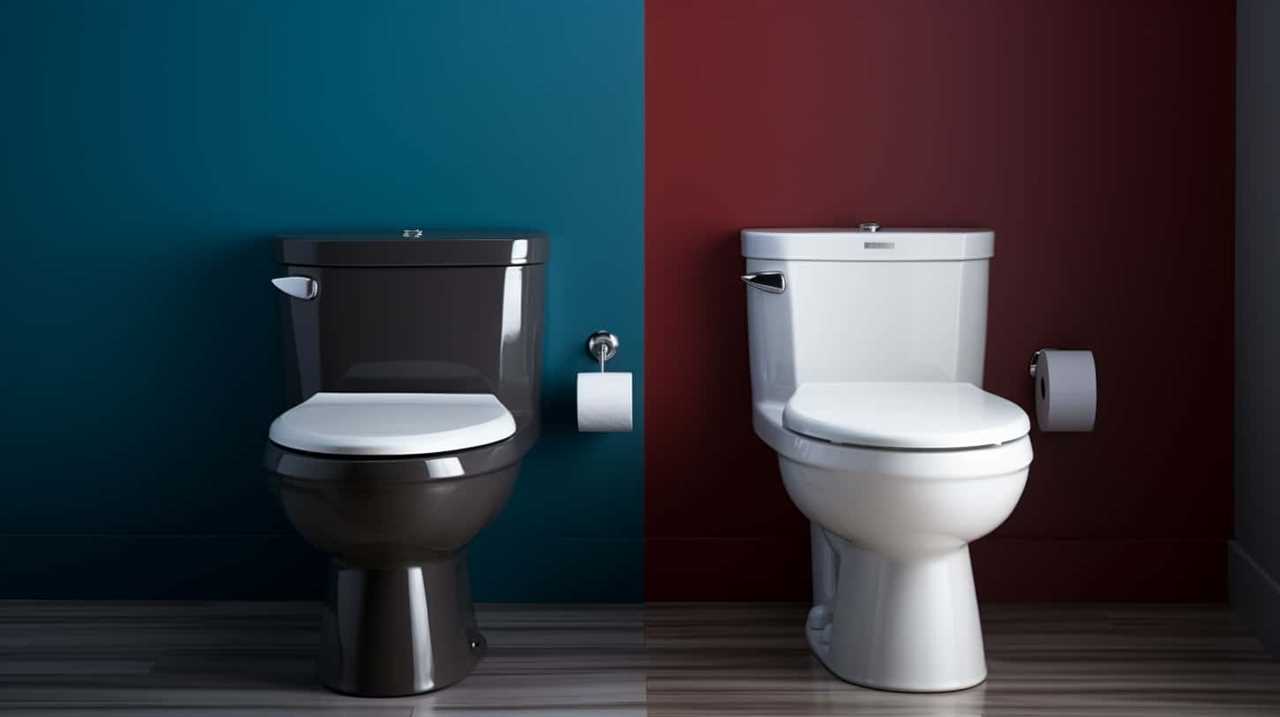
- Dispose of wipes properly in the trash, not in the toilet.
- Regularly inspect and clean your pipes to remove any potential clog-causing debris.
Preventive Measures to Avoid Pipe Clogs
One effective preventive measure to avoid pipe clogs is conducting regular inspections and cleanings. Preventive maintenance plays a crucial role in ensuring the smooth flow of water and waste through the pipes. Regular inspection allows for the identification of potential issues before they escalate into major clogs. This involves visually examining the pipes for any signs of buildup, corrosion, or damage.
Additionally, regular cleanings help remove any debris, sediment, or residue that may accumulate over time. By proactively addressing these issues, homeowners can prevent clogs and maintain the optimal functioning of their plumbing system. It’s recommended to schedule these inspections and cleanings at least once a year, or more frequently in areas with high usage or older plumbing systems.
Taking these preventive measures can save homeowners from costly repairs and inconveniences caused by pipe clogs.
Proper Disposal of Wipes to Protect Your Pipes
When it comes to protecting our pipes, proper disposal of wipes is essential. Instead of flushing wipes down the toilet, which can lead to costly clogs and potential damage, it’s important to consider pipe-friendly alternatives.
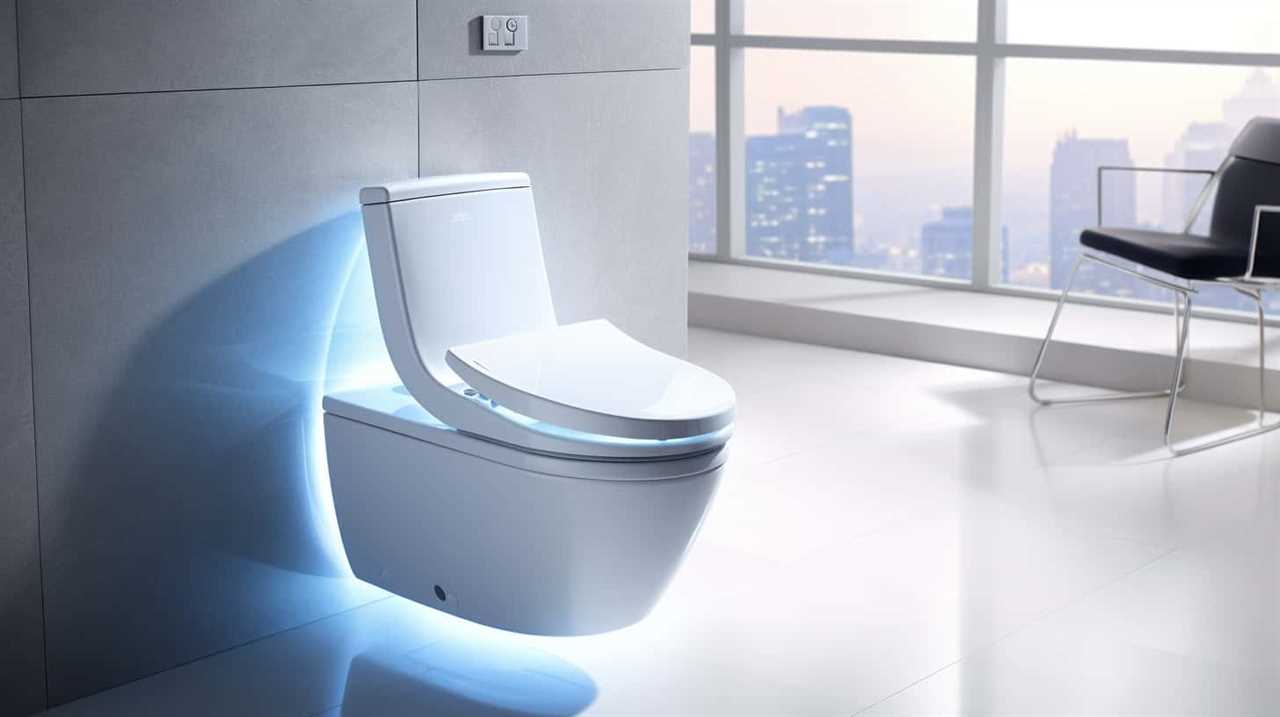
Additionally, it’s crucial to be aware of the environmental impact of wipes, as they can contribute to pollution and harm aquatic life.
Pipe-Friendly Wipe Alternatives
To ensure the longevity and health of our pipes, it’s crucial to dispose of wipes properly by placing them in designated trash bins rather than flushing them down the toilet. Flushing wipes can lead to clogged pipes and costly repairs. Thankfully, there are alternative solutions and eco-friendly options available that can help us maintain the integrity of our plumbing systems.
Consider the following:
- Biodegradable Wipes: These wipes are made from materials that break down naturally over time, reducing their impact on the environment.
- Reusable Cloth Wipes: By using reusable cloth wipes, we can reduce waste and minimize the need for disposable options.
By opting for these pipe-friendly wipe alternatives, we not only protect our pipes but also contribute to a more sustainable and eco-conscious lifestyle. It’s important to make informed choices and prioritize the health of our plumbing systems and the environment.
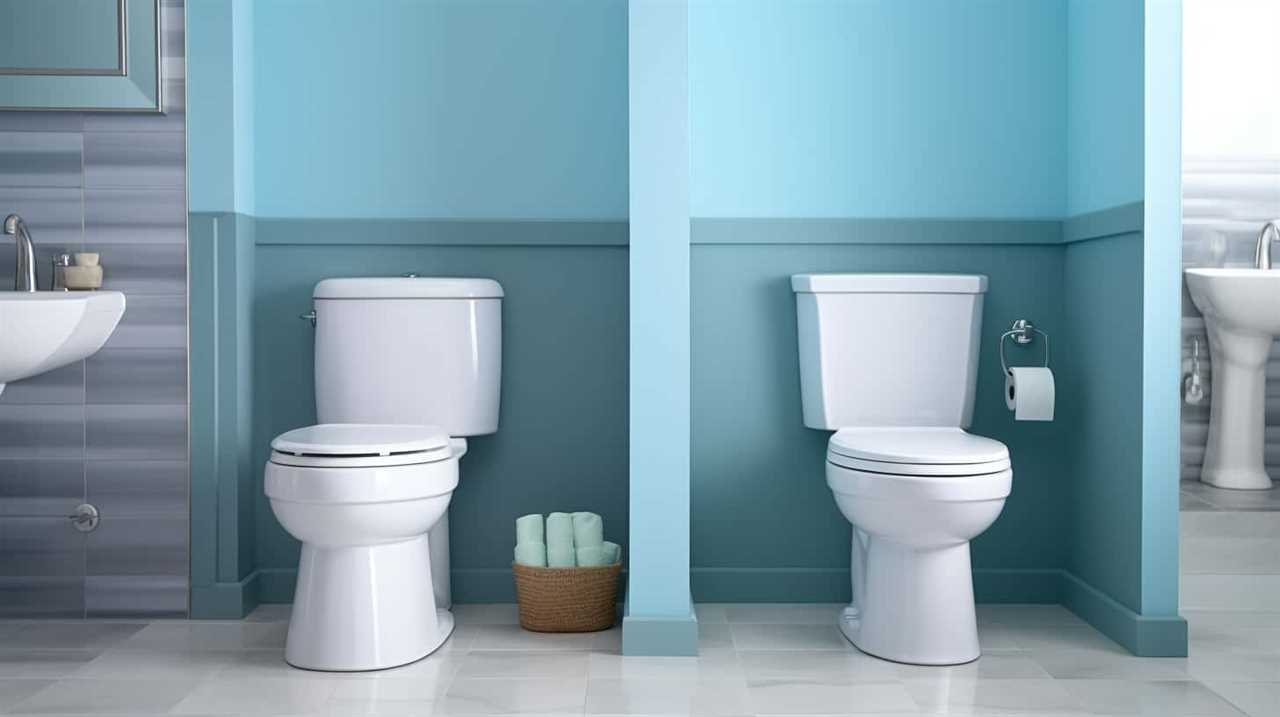
Now, let’s delve into the environmental impact of wipes and explore the consequences of improper disposal.
Environmental Impact of Wipes
Flushing wipes down the toilet can have a detrimental environmental impact, potentially causing harm to both our plumbing systems and the ecosystems they are connected to. When wipes are flushed, they can clog pipes, leading to costly repairs and backups. Additionally, wipes do not break down easily like toilet paper, causing them to accumulate in wastewater treatment systems. This can overwhelm the treatment process, leading to inefficiencies and increased costs.
The impact of wipes on marine life is also significant. When wipes enter water bodies, they can be mistaken for food by marine animals, causing blockages in their digestive systems and leading to starvation or death. The chemicals present in wipes can also contaminate water sources, affecting the health and survival of aquatic species.
To highlight the severity of this issue, consider the following table:

| Environmental Impact of Flushing Wipes | |
|---|---|
| Clogged Pipes | Increased Repair Costs |
| Overwhelmed Wastewater Treatment Systems | Contamination of Water Sources |
| Starvation and Death of Marine Animals | Decline in Aquatic Biodiversity |
It is crucial to properly dispose of wipes in the trash to protect our pipes and prevent harm to the environment.
Frequently Asked Questions
Can Wipes Be Safely Flushed Down the Toilet?
Yes, wipes can be flushed down the toilet, but they are not toilet paper alternatives. It is important to note that they can have a significant environmental impact and should be disposed of properly.
How Long Does It Typically Take for Wipes to Break Down in Pipes?
Wipes can remain in pipes for an extended period, leading to environmental impact. The long-term consequences include clogged sewers and increased maintenance costs. Eco-friendly alternatives to flushing include disposing of wipes in trash bins or using biodegradable options.
What Are the Potential Risks and Consequences of Flushing Wipes?
Flushing wipes poses significant risks and consequences. The environmental impact can be devastating. Wipes clog pipes, leading to costly repairs and sewage backups. They also contribute to pollution and harm marine life.
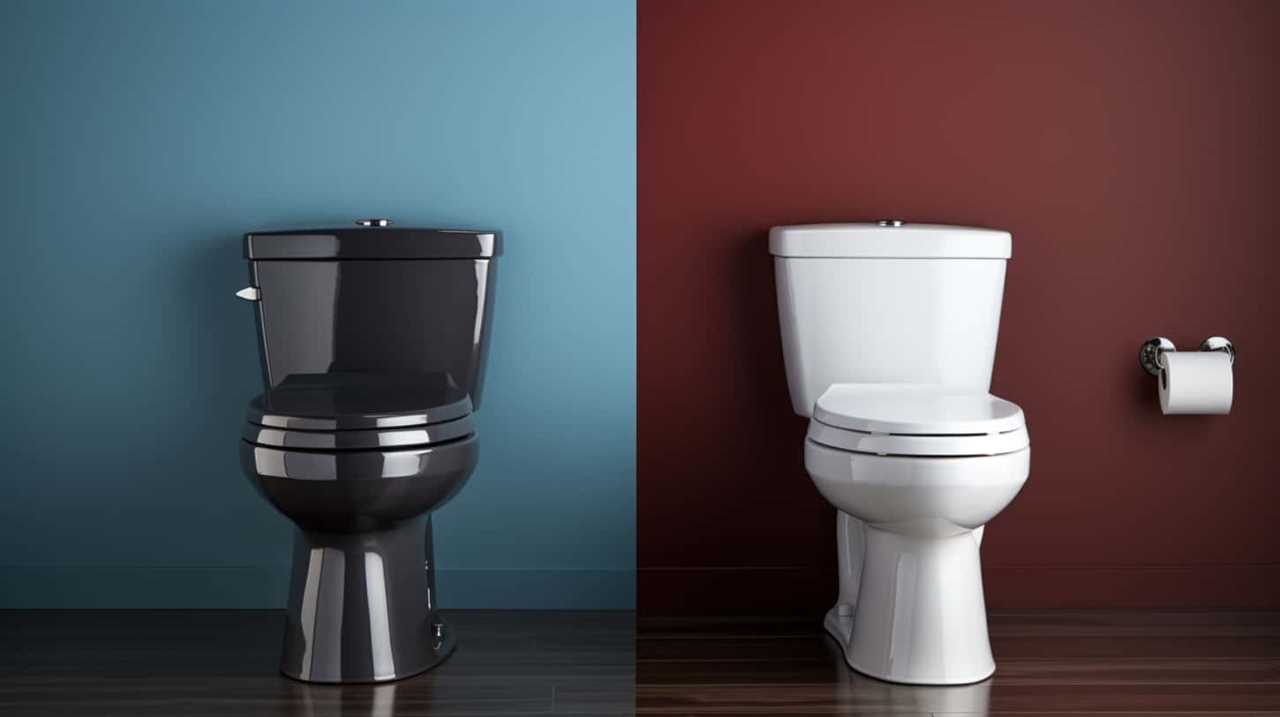
Are There Any Signs That Indicate Wipes Are Clogging Your Pipes?
Signs of pipe clogs caused by wipes include slow drainage, gurgling sounds, and foul odors. The impact of wipes on plumbing can lead to expensive repairs and blockages in the sewer system.
What Preventive Measures Can Be Taken to Avoid Pipe Clogs Caused by Wipes?
To prevent pipe clogs caused by wipes, we should implement preventive measures. By taking certain precautions, we can avoid the inconvenience and potential damage caused by these materials accumulating in our plumbing system.
Conclusion
In conclusion, it’s crucial to understand the potential risks of flushing wipes down the toilet. While some wipes may claim to be ‘flushable,’ they can still cause significant damage to pipes and sewer systems. Remember that wipes don’t break down as easily as toilet paper and can lead to costly clogs and backups.
To protect your pipes, always dispose of wipes properly in the trash. Just like a small pebble can cause a landslide, a single flushed wipe can cause a major plumbing disaster.








